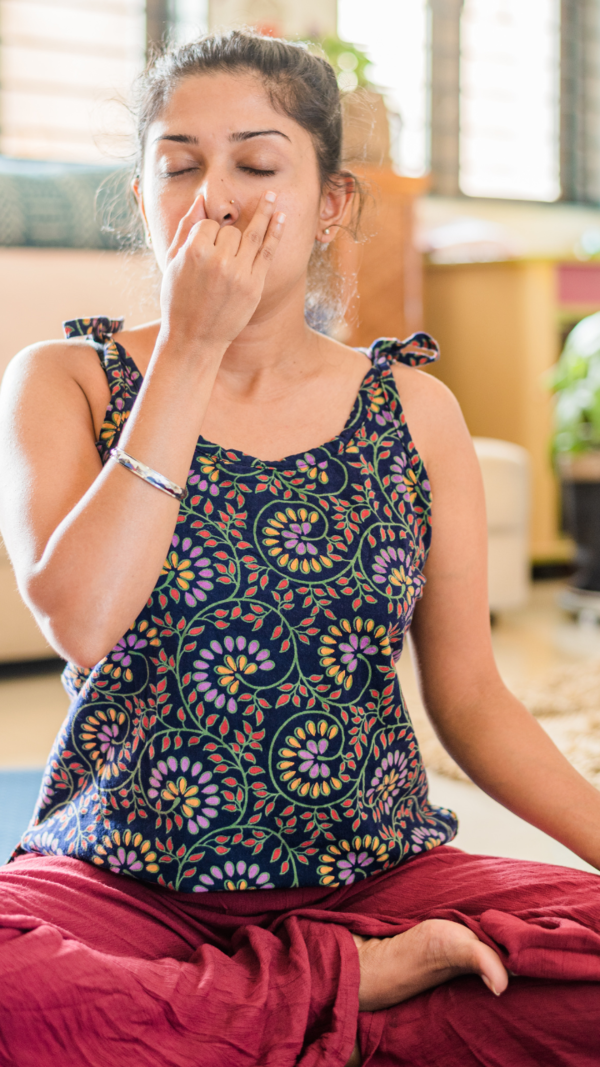- News
- City News
- kochi News
- Tale of ‘Iringole Mana’ or when history took no prisoners
Trending
This story is from July 14, 2015
Tale of ‘Iringole Mana’ or when history took no prisoners
Land reforms spelled the doom of 700-year-old nobility

The fate of the inheritors of ‘Iringole Mana’ or ‘Nagancherry Mana’ of Perumbavoor was one faced by the landed nobility and gentry of modern Kerala, a tale of dispossession followed by penury.
And 102-year-old Vasudevan Namboothiri, the current ‘karanavar’ of the ‘mana’, is a mute witness to this turn of fate.

From owning over 15,000 hectares of land in places ranging from Aluva to Thiruvananthapuram five decades ago, the ‘karanavar’ was forced to sell the ‘mana’ for a measly Rs 1 lakh to Perumbavoor municipality in 1980.
The bedridden ‘desadhikari’ now lives with his younger son Ganapathy in a rented house, once owned by him, at Valakkara near Perumbavoor with not an inch of land to lay claim to.
The current 500 sqft home on three cents of land was sold a few years ago to repay the money borrowed for his wife’s treatment, and he now pays a monthly rent of Rs 5,000.
The new secretariat building in Thiruvananthapuram and the EMS statue in front of it have come up on land once owned by the ‘mana’, once the head of 18 ‘desams’ spread from Aluva to Thiruvananthapuram.
The ‘mana’ had owned 15,000 hectares of land, including 11 temples in Kerala and Tamil Nadu. But land reforms enacted by the EMS government changed their fortunes forever.
While the Act allowed the owner to hold only 15 acres of land, the ‘mana’ was forced to donate the temples to various Hindu communities due to the financial burden. ‘Iringole Kavu’, adjacent to the ‘mana’, is now run by Travancore Devaswom.
After the family sold the ‘mana’ to the municipality, they left the house only with clothes and available documents of land.
Ganapathy, who now works as a priest in Cherukunnam Sree Dharma Sastha Temple, says, “The three cents of land was in the name of my mother. We borrowed lakhs of rupees for her treatment. She died three years ago and we didn’t have money to repay the loan, forcing us to transfer the land to the person from whom we took the loan. We are now tenants in our own land. My father had approached the Paravur munsiff court against the Land Reforms Bill, but to no avail. We had 1.5 acres of land in front of the secretariat. When my father approached E K Nayanar, when he was chief minister, the latter offered only three cents of land. Infuriated by Nayanar’s action, he refused to accept the offer and asked him to install the statue of EMS there. Now, the statue of EMS is standing on that land.”
In the olden times, the ‘mana’ would get around 7.50 lakh ‘para’ (52,53,750kg) of paddy from the lessee after harvest, annually. Vasudevan Namboothiri had also donated 200kg of gold to Travancore Devaswom Board. The Vazhuthakkad Ganapathy Temple was owned by the ‘mana’.
Sunil Kumar M G, a local historian and college lecturer, said, “The Land Reforms Act and the generosity of the ‘mana’ contributed to the current condition of successors. The heritage building was once ‘pathinarukettu’ (sixteen halls with four central courtyards). But it was remodelled to the existing structure due to the difficulty in maintaining the old one.”
But Ganapathy has other worries than the past that has been irrevocably lost: There is no land to cremate the body of his father when he dies.
End of Article
FOLLOW US ON SOCIAL MEDIA







